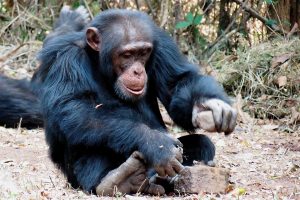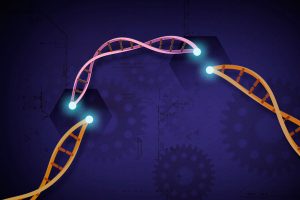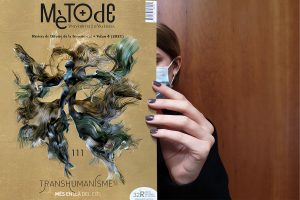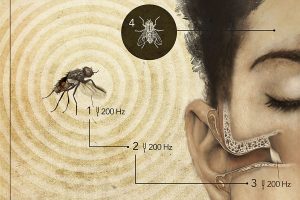Search
When did cumulative culture evolve in our lineage? This paper discusses how the field of experimental primate archaeology has contributed to this question by describing several stone-tool experiments conducted with great apes.
We share blood groups A, B and O with other hominids, but only blood groups A and O with chimpanzees and group B with gorillas.
We talk to evolutionary biologist Andreas Wagner, a reference in the study of evolutionary innovations.
In her latest book, L'homme préhistorique est aussi une femme, the prehistorian Marylène Patou-Mathis delved right into the clichés and stereotypes about prehistoric women.
Scientific advances have, for the first time, presented plausible genetic interventions for the directed evolution of humans.
What will future humans look like? The monograph reflects on the science that will allow us to pose new challenges in our evolution.
Oral storytelling may have had evolutionary benefits at both the individual and group levels, and may have conferred evolutionary advantages.
In Lamarck's revolutionary work, only his failed attempt to elaborate a coherent theory of the evolutionary process has remained in popular teaching.
For there to be sound, there must be a vibrating source, a transmitting medium that propagates the vibration at a certain speed, and a receiver that is set into vibration when the wave arrives.
We have all inherited DNA sequences from forgotten ancient ancestors










